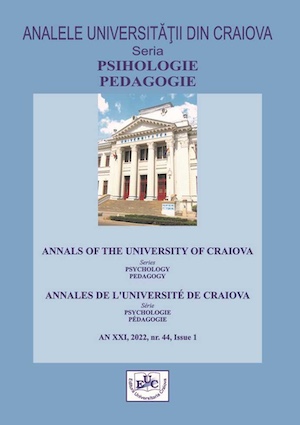MODALITÉS D’INTERVENTIONS AUPRÈS DES ENFANTS
AVEC AUTISME : QUELLES COMPÉTENCES
POUR LES PROFESSIONNELLES EN INTERVENTION ?
METHODS OF INTERVENTION WITH CHILDREN WITH AUTISM: WHAT SKILLS FOR INTERVENTION PROFESSIONALS?
Author(s): Adolf MOTE, Arlette Sidonie EZO’O, Vandelin MgbwaSubject(s): Methodology and research technology, Inclusive Education / Inclusion, Pedagogy
Published by: Editura Universitaria Craiova
Keywords: Intervention methods; Family drawing; Child with autism; Professional competence; Cognitive flexibility.
Summary/Abstract: This contribution repositioned the debate on the modalities of intervention of children with autism in specialized centers. The rapid changes within the issue of autism from diagnosis to the care of children with autism are dividing practitioners and experts, and even families. If for some (Hayek, 2015), autism is a pathology and from this point of view, the autistic child is a non-compliant, abnormal, or even unprofitable subject for others, on the other hand it is a question of cognitive flexibility or imaginative, since autism is a “way of being” (Grollier, 2014). The research is based on a projective test: Corman's family drawing, which allows the subject to be read about the development of executive functions through the analysis of graphic, formal and content aspects. The research results highlight the professional skills of educators albeit shy in implementing the principles of mental flexibility in children. The drawing represents an imaginary family with an absence of the constituent elements, the inadequate shapes without real animation, the absence of colors (just the pencil). In short, the child did well to represent his family in the right way, the characters do indeed have the human form.
Journal: Analele Universității din Craiova, seria Psihologie-Pedagogie
- Issue Year: 44/2022
- Issue No: 1
- Page Range: 53-61
- Page Count: 9
- Language: French

